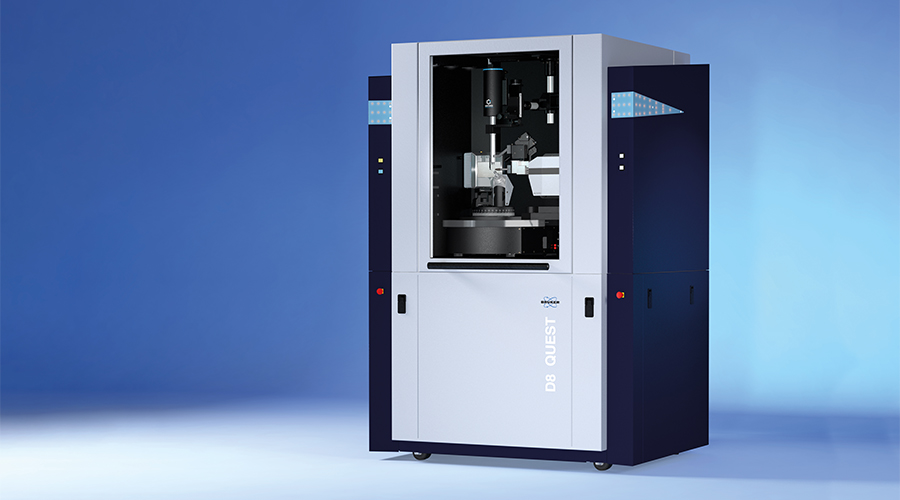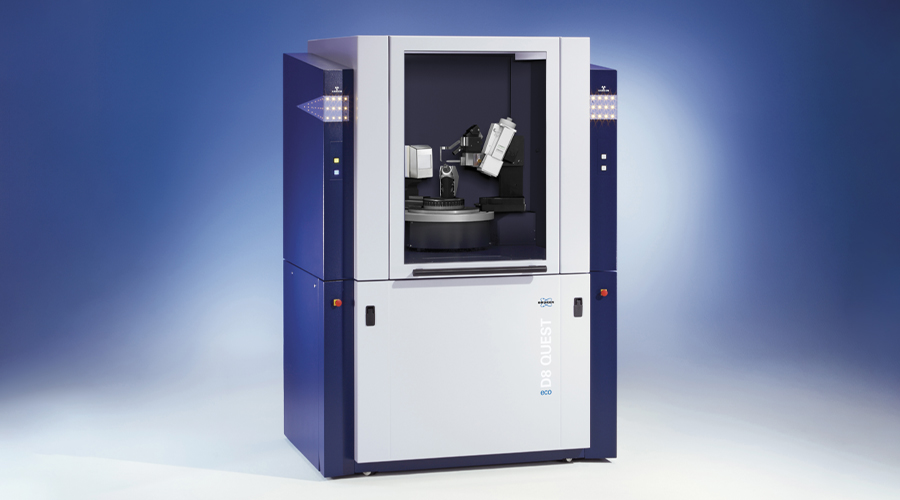

Porous Materials
Porous Materials (MOF, COF, Zeolite)
High surface area, tunable pore sizes, and an ever-growing number of applications in catalysis, adsorption, filtration, energy storage, and many other tunable properties have spurred interest in porous materials. Their unique structures enable efficient gas and liquid separation and storage, controlled drug delivery, and improved battery performance. Our advanced analytical solutions in Nuclear Magnetic Resonance (NMR), X-ray Diffraction (XRD) for crystallinity and phase identification, Single Crystal X-ray Diffraction (SC-XRD) and Scanning Electron Microscopy (SEM) help maintain the highest standards in production and enable scientists to tailor the material for specific applications, making them indispensable in advancing technology and addressing environmental challenges.
SC-XRD in Porous Materials research
Precise atomic-level structural details that help identify defects, pore sizes, and overall topology are essential information for understanding structure-property relationships, verifying the design of new porous materials, and studying dynamic behavior. The detailed structural insights provided by SC-XRD are essential for optimizing porous materials for applications in catalysis, gas storage, separation, and many others.
Target Design of Multinary Metal–Organic Frameworks for Near-Infrared Imaging and Chemodynamic Therapy
Imaging-guided chemodynamic therapy is widely considered a promising modality for personalized and precision cancer treatment. Combining both imaging and chemodynamic functions in one system conventionally relies on the hybrid materials approach. However, the heterogeneous, ill-defined, and dissociative/disintegrative nature of the composites tends to complicate their action proceedings in biological environments and thus makes the treatment imprecise and ineffective. Herein, a strategy to employ two kinds of inorganic units with different functions–reactive oxygen species generation and characteristic emission–has achieved two single-crystalline metal–organic frameworks (MOFs), demonstrating the competency of reticular chemistry in creating multifunctional materials with atomic precision. The multinary MOFs could not only catalyze the transformation from H₂O₂ to hydroxyl radicals by utilizing the redox-active Cu-based units but also emit characteristic tissue-penetrating near-infrared luminescence brought by the Yb₄ clusters in the scaffolds. Dual functions of MOF nanoparticles are further evidenced by pronounced cell imaging signals, elevated intracellular reactive oxygen species levels, significant cell apoptosis, and reduced cell viabilities when they are taken up by the HeLa cells.
Remarkable Structural Diversity between Zr/Hf and Rare-Earth MOFs via Ligand Functionalization and the Discovery of Unique (4, 8)-c and (4, 12)-connected Frameworks
Ligand modification in MOFs facilitates the development of functional materials with enhanced properties and novel structures. A sulfone-functionalized ligand forms new MOFs with Zr⁴⁺/Hf⁴⁺ and rare-earth metals, showing improved gas-sorption. This work reveals unique structural diversity and highlights the importance of linker design in creating innovative MOFs.


